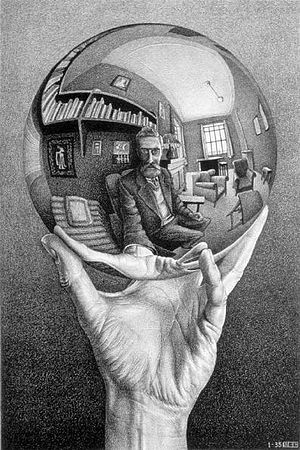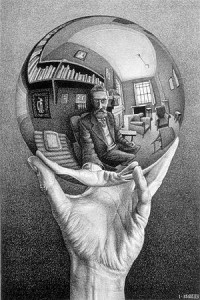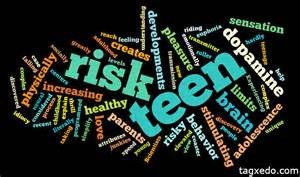Mirror Mirror…In Our Hands – (Trauma Informed Work in Schools)
A warm greeting from a teacher to a 16 year-old student is met with stony silence. F-bombs crash against each other in the hallways and echo off bathroom walls. In the classroom, shrill laughter and deliberate side conversations override an instructor’s voice. Every day, there is a challenge; for students and for education teams.
HCOE’s Court and Community Schools has launched our Trauma Informed, Resilience Ready culture shift during this school year, 2015-2016.
Most of us working with families have experienced an “ah, yes” moment of clarity where the connection between people’s experiences and behaviors reveals itself. This connection exists whether the experiences are positive or negative. Collectively, we usually don’t sweat the positive.
When Bruce Perry, MD (www.ChildTrauma.org ) came to speak in 2011, he filled HSU’s Van Duzen Theater. (Bruce Perry is to the brain what Neil deGrasse Tyson is to the cosmos). He walked us through stunning science, illuminating the experience/behavior connection…then took us many steps further. He was very plain: the experience of trauma and toxic stress can re-direct, delay, and sometimes damage the way the brain develops, leading to fascinating, if ultimately destructive, behaviors. And because of that, he highly recommends we reconsider what we think of as “willfulness” and “defiance”.
Sometime near the end of Perry’s lecture, I overheard Carmella Wenger, MFT, whisper contentedly to the woman to her right, “Well, it’s nice that science has validated what we’ve known forever…”
Court and Community Schools enroll some of the highest risk youth in the county. Historically and currently, they are the highest risk of our youth for delinquency, substance use, and dropping out. They are also the highest risk for having experienced trauma and toxic stress. Student reputation might have at one time been summed up with the words “willful” and “defiant”.
The students at Court and Community Schools are not “most likely to succeed” when they enroll; our goal is to change that. Court and Community Schools is on a pathway that consists of deliberate, intelligent re-design of education practices that employ what we’ve known intuitively for…well…ever.
Bruce Perry and the many researchers involved in scientifically describing trauma’s impact offer us a framework around which we can build our own practices, responses, and perspectives. And if the building blocks of the framework consist of the science of the brain, then the tools we’ll use to assemble them are personal: tolerance, open-mindedness, a focus on “what happened”, and ultimately, repeatedly, “student behavior is not about me”.
Jim Sporleder reconstructed the alternative education program that is the topic of Paper Tigers, a documentary (http://www.papertigersmovie.com/) soon to be screened in Humboldt County. A veteran educator, consultant, and parent, Sporleder captures the essence of this new work, “First, we put down the mirrors”. Behaviors, even disruptive, dismissive, off-putting, or frozen, are intricate systems. They are informative if we care to explore them. Sporlerder’s point is, we cannot interpret youth behavior through our own images, we need to see our students for who they are and where they are, and meet them there.



